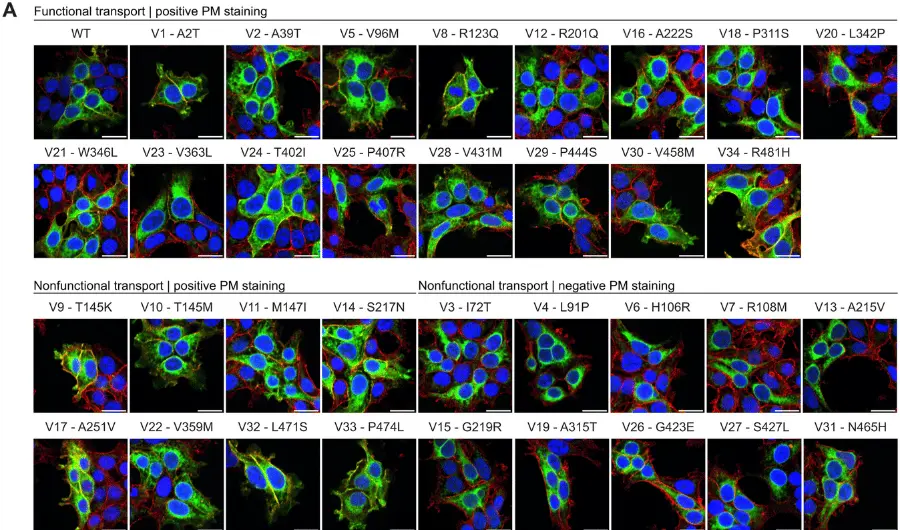Sex Differences in the Epilepsies and Associated Co-Existing Illnesses: Implications for Use and Development of Drug Therapies
September 25, 2020
Abstract, published in Pharmacological Reviews
The epilepsies are common neurologic disorders characterized by spontaneous recurrent seizures. Boys, girls, men, and women of all ages are affected by epilepsy and, in many cases, by associated co-existing illnesses as well. The primary courses of treatment are pharmacological, dietary, and/or surgical, depending on several factors, including the areas of the brain affected and the severity of the epilepsy. There is a growing appreciation that sex differences in underlying brain function and in the neurobiology of epilepsy are important factors that should be accounted for in the design and development of new therapies. In this review, we discuss the current knowledge on sex differences in epilepsy and associated co-existing disorders, with emphasis on those aspects most informative for the development of new drug treatments. Particular focus is placed on sex differences in the prevalence and presentation of various focal and generalized epilepsies; psychiatric, cognitive, and physiologic co-existing disorders; sex differences in brain development; the neural actions of sex and stress hormones and their metabolites; cellular mechanisms; and catamenial epilepsy in women, a type of epilepsy in which seizures increase during certain phases of the menstrual cycle. Further attention placed on potential sex differences in epilepsies, co-existing disorders, and drug effects will enhance therapeutic options and efficacy for all patients with epilepsy.
SIGNIFICANCE STATEMENT: Epilepsy is a common neurological disorder that often presents together with various co-existing disorders. The features of epilepsy and seizure activity as well as concurrent afflictions can vary between men and women. In this review, we discuss sex differences in types of epilepsies, associated co-existing disorders, pathophysiological mechanisms, and antiepileptic drug efficacy in both clinical patient populations and preclinical animal models.







